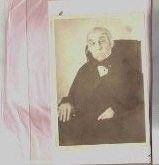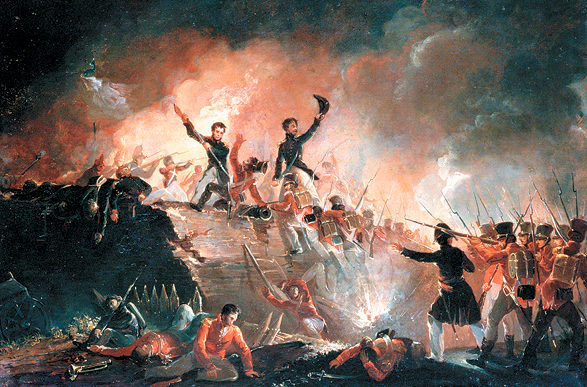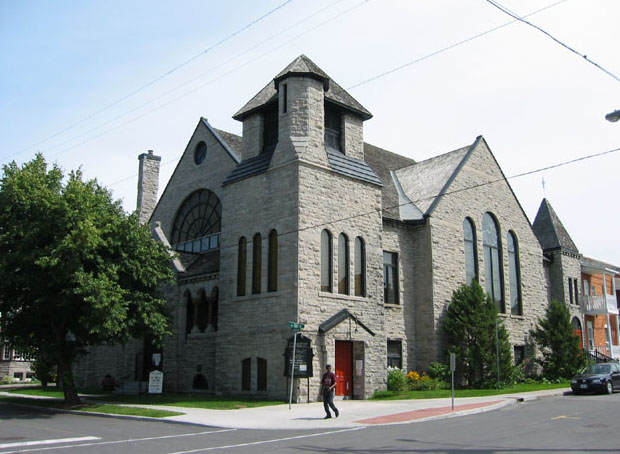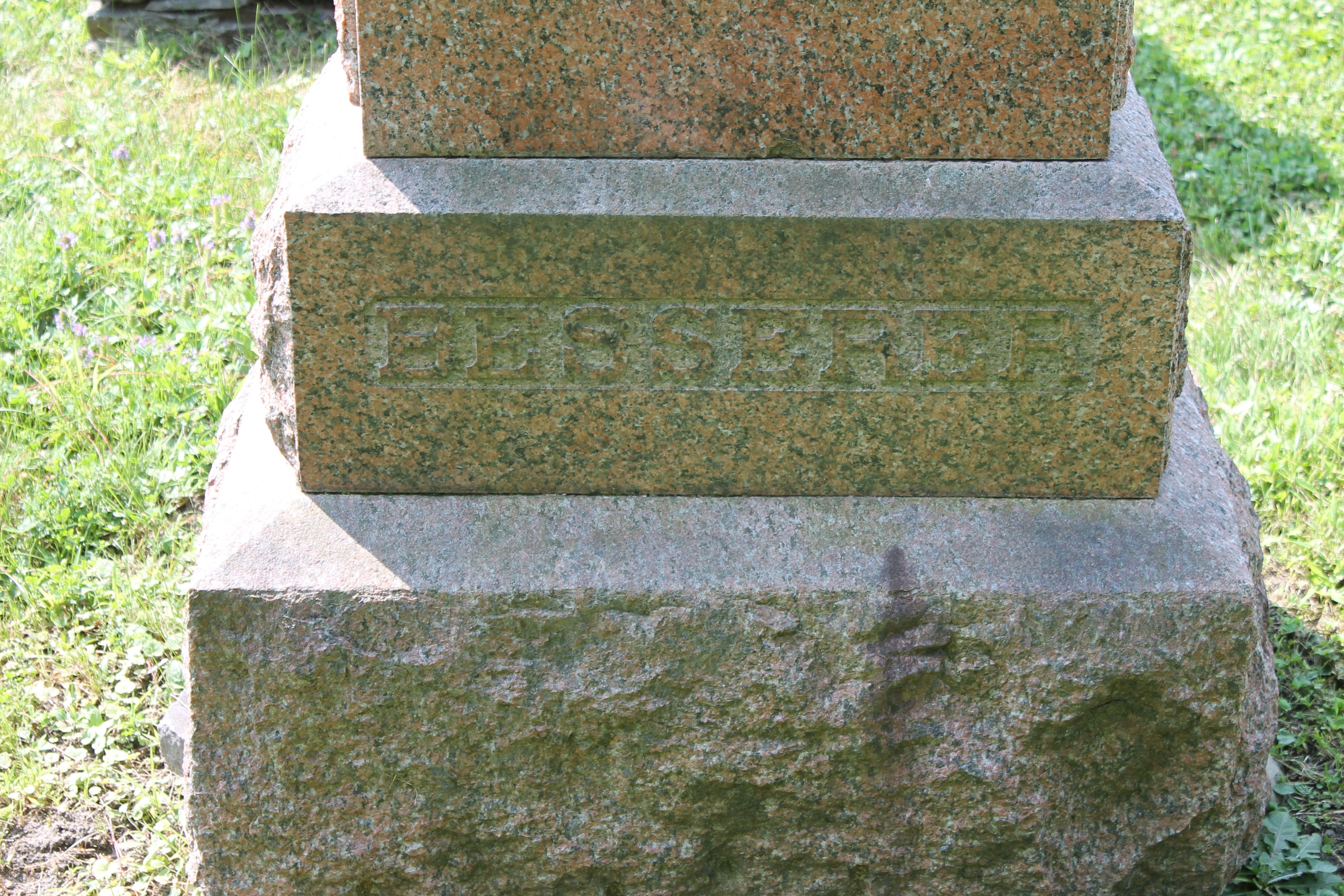
A remains significant name in Ottawa: Louis-Theodore Besserer
Louis-Théodore Besserer
Section 41, Lot 95N
The name of this soldier, politician and businessman remains significant in Ottawa, where his stately mansion still stands on 149 Daly Ave., and Besserer Street, named after this pioneer landowner, runs through the Sandy Hill residential district known for its 19th-century heritage homes.
Born in Quebec City in 1785 to a German military surgeon and a Canadian-born mother, he was a pupil at the Petit Séminaire de Québec, and then studied to become a notary. In his profession, he was described as “a man of good counsel and an alert financier, sound and rarely at fault in his judgement, who quickly won the confidence of his fellow citizens and built up a fine clientele.”
When the War of 1812 began, Louis-Théodore joined the Lower Canada militia as a lieutenant in the 2nd battalion of the Quebec City district. In 1813, he was transferred to the 6th battalion and later promoted to captain. The British regarded the Quebec City fortress guarding the St. Lawrence River as the “key to the successful defence of the colonies.” Besserer also handled special civilian missions for Governor Sir George Prévost.
Prior to the 1812 war, his older brother, René-Léonard Besserer, had been a colonial recruiter for the New Brunswick Regiment and took a commission as a lieutenant in the 104th (New Brunswick) Regiment of Foot, serving in the Niagara war zone, in particular the Siege of Fort Erie in 1814.

Like many soldiers in the Crown forces, the Besserer brothers received land grants with Louis-Théodore choosing his lots in the township of Horton in the Eastern Townships of Quebec, while René-Léonard, who died in 1823, obtained 124 acres of “remote land” in the “sub-arctic lumber town” on the Ottawa River. Louis-Théodore’s political career ran from 1833 to 1838, as a representative of the county of Quebec in the Legislative Assembly of Lower Canada.
He was one of the Patriotes of the Quebec region who, while supporting the Ninety-Two Resolutions drafted by Louis-Joseph Papineau to demand political reforms in the British-controlled colonies, preferred a more moderate approach. Besserer wanted to work through constitutional channels to achieve these goals, rather than stage an armed rebellion, as advocated by the Montreal Patriotes. He took a defiant stand against Papineau, but he was still branded a rebel by the British, and was forced to quit politics. The leaders of the rebellion “never forgave him his moderation.” “Embittered by political events and distressed by the death of his first wife,” Angèle Rhéaume, Besserer retired to Bytown and the massive residential estate he had inherited from his brother in 1828, but didn’t develop it until a decade later.
With shrewd land agent William Stewart, he turned the parcel into a huge subdivision of premier town lots, first called Besserer Place. Besserer gave land to various religious denominations for construction of a church, which he believed would attract more elite buyers. “In 1845, St. Paul’s Presbyterian Church, at the corner of Cumberland and Daly streets, became the first permanent church in Sandy Hill. (The current St. Paul’s Eastern United Church is a later structure.) Several lots were given to the Roman Catholic Church to erect a college. The church-controlled College of Bytown (later University of Ottawa) was relocated to the site in 1856.”

“With his second wife, Margaret Cameron, of Bytown, he had Besserer House constructed on a prominent site on the brow of Sandy Hill.” Besserer fathered 12 children with his two wives. He died in Ottawa on February 3, 1861.



